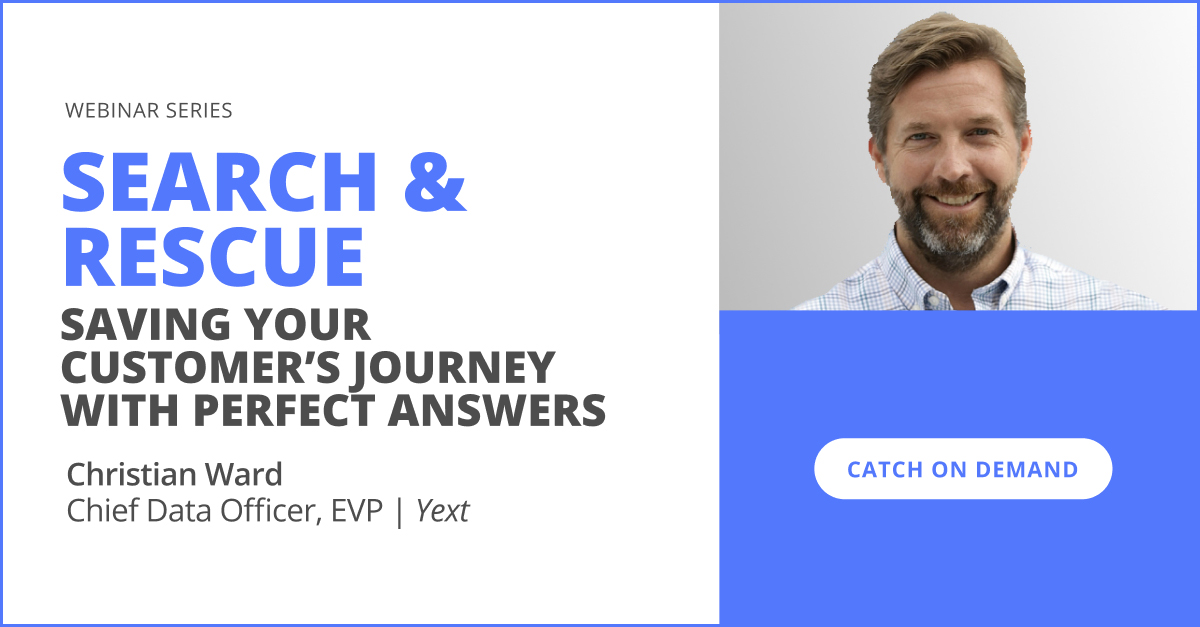The value of search engine optimization on businesses’ visibility increases each day we step further into the digital age. Christian Ward, Chief Data Officer at Yext, notes the undeniable transformation in the way consumers search for businesses.
Once upon a time, consumers had to physically look up and search for signs in order to locate businesses. That neon sign above a building was foundational. Now, they’re looking down at their phone or car navigation for the answer to where to go because digital presence has taken over.
Instead of damaged signs and missing letters being the cause of lost opportunities, it’s now broken listings and websites that cause businesses to be overlooked.
81% of people search online for a product or service.
—Smart Insights
Although “fixing your signage” in the digital age seems as straightforward as updating your listing online, there are several other items to consider when optimizing a business for search.
What Do We Know?
The past few years have seen an accelerated shift to digital. In fact, consumers are more digital than they were pre-pandemic, and that’s only the beginning. They’re also more independent.

Consumers expect to find the answers to their questions on their own. They’re not placing calls to check the hours of operation or services offered. That’s the information they expect to uncover when they search the business online.
If a business is not optimized for search, it’s more likely to be passed up. But what exactly does it take to be found digitally?
Optimize Digital Presence in Search
“A lot of times business owners are surprised to find out that the data about their business is wrong or incorrect on a particular system,” Ward shares. “It’s not because the data system that’s trying to show every plumber in a town in Florida is trying to cause trouble. It’s more that data itself is actually a living, breathing process.”
Despite popular belief, Google and its search engine counterparts do not have all the answers. In truth, data is not “wrong” or “right” to a system. When the systems are looking at your data, they are not looking at your data right now, but rather backward through time.
“Unless you built your business location, there was another business where your business now is,” Ward says. “So what happens is, there are remnants of old data.”
Because of this, it does not recognize whether the information provided on a business is correct or not, but rather where the data falls in each of the three elements.
1. Noisy or Clear
Noisy data is an unavoidable problem, so having a healthy signal-to-noise ratio is important. Noise is created by missing or incorrect data. Having clear data strengthens the signal to the system due to less noise.
Ward’s example? If you ask 15 people in a room where’s the best place to get coffee and they all answer “Corner Mart at 144 Orchard Street,” that is considered a perfect signal. You’d be very confident in that response because it was uniform across the board. There is no noise.
So what would noisy data look like in that situation? If one person says Corner Mart while another says On the Corner Store, and another person is shouting out a random street address and another is commenting they’ve never heard of any of these places. You wouldn’t be very confident anymore because there was no clear answer, and that created a great deal of noise.
This is partly how search engines work. You have to be sure your data is the same in each location. Keep in mind that you want to make changes as they come as quickly as possible but also all at once to avoid the systems picking up the changes sporadically.
2. Shallow or Deep
This refers to the amount of data available with shallow being very little and deep being a great deal of data. Because each search platform leverages data differently, adding additional information, like accessibility details or lifestyle-specific ownership, is best.
3. Stale or Recent
This element asks when was the last time the data has been updated. Refreshing your information matters because it is your “proof of life” to search engines.
Consider the fact that 18-20% of businesses close annually. If a business hasn’t updated its information within a year, search engines won’t know whether the business is still running. At this point, the data’s signal takes a step in the stale direction.
Falling toward the negative end of these three elements doesn’t mean your business will disappear. It does, however, trigger the systems to search for businesses with more complete data.
If a business is to be more visible, it’s up to the owner to do what they can to clean and improve the data for a better digital presence.
To join future webinars with our featured guests, please visit Thryv.com/Events. To watch Ward’s full session, please visit here.








